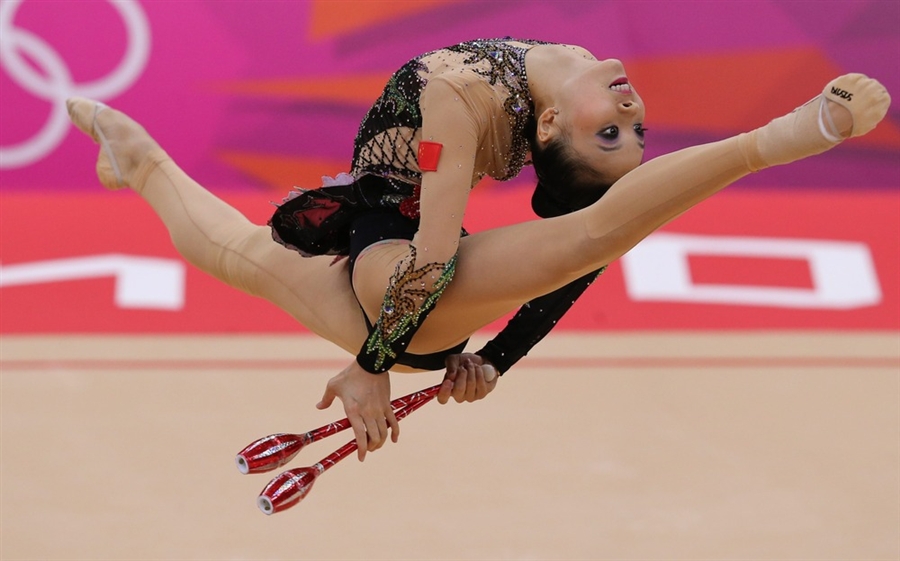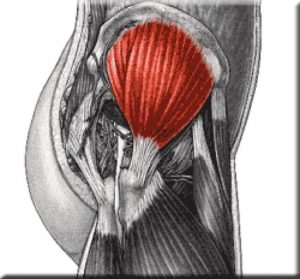Have you ever heard this in a clinic or a gym? ‘First we need to improve your range of motion and then we can add strength.’
What if you could improve both flexibility and strength? And what if the two are so intimately connected that it’s actually impossible to meaningfully change one without the other?

Let’s try an experiment
Lay down on your back with your knees pointing up to the ceiling (hips in neutral more or less). Squeeze your thigh muscle on your left leg to lock out your knee and slowly slide that leg out to the side as far as it will go.
Watch for any movement around your pelvis and make sure your knee stays pointing up to the ceiling. Make a note of how far you went before returning that leg to the centre. Repeat the trick on the other side.
What did you find?
Did one leg go further than the other? Did you find tightness around the inside of your thigh on that limited side?
Good, we’re going to work on the limited side. If they were about the same, pick the side which historically has had the most issues. If you’ve had no issues pat yourself on the back and toss a coin.
Now bring your chosen leg out to the side again but this time stop a little short of the absolute limit. Place an immovable object on the outside of your lower leg, just above your ankle which you can push in to. If you’re in a gym a heavy dumbbell works well, if you’re at home set yourself up by a table or chair leg.
Have your focus on a muscle called Gluteus Medius which is pictured below to help you visualise it. Lock out your knee once more and keeping your hip in neutral, gently push your leg out into the object. Hold 6 seconds maintaining a gentle but constant contraction. Bring your leg back to rest beside the other one.

Repeat this process a further 5 times, each time taking your leg out to the side almost as far as it will go. And each time focussing on that muscle at the side of your pelvis as you gently push out in to the object for 6 seconds.
Ok, what did you find? Did that leg start to go out a little further? Did the tightness around your inside thigh begin to reduce? Does the limited leg now go as far as the other side? Does it go further? Amazing.
What just happened?
By improving the ability of some muscles to contract, you have reduced tension in others. So you have in fact improved both your flexibility and your strength at the same time. Pretty cool right?
The choice between meaningful, long lasting improvements in flexibility and strength is a false one. The two are so intimately linked that they are the same thing.
You can’t have one without the other.
If you find obvious differences in range of motion between one side of your body and the other, try very gentle isometrics into the space you can’t go.
You’ll be both stronger and more flexible as a result.